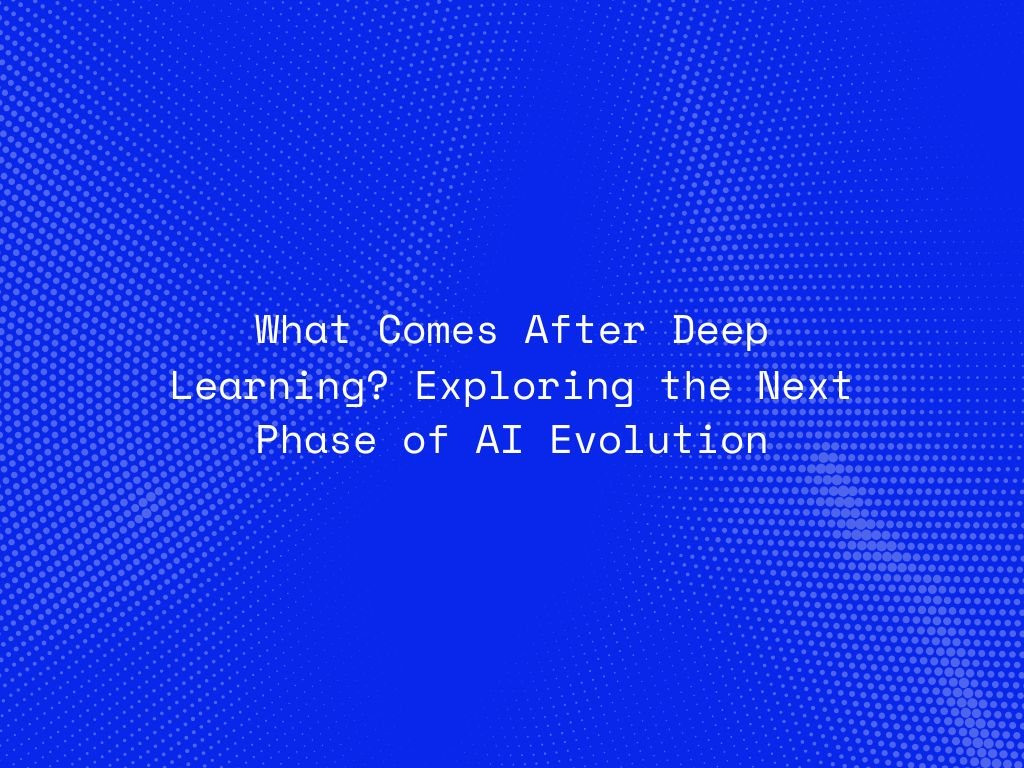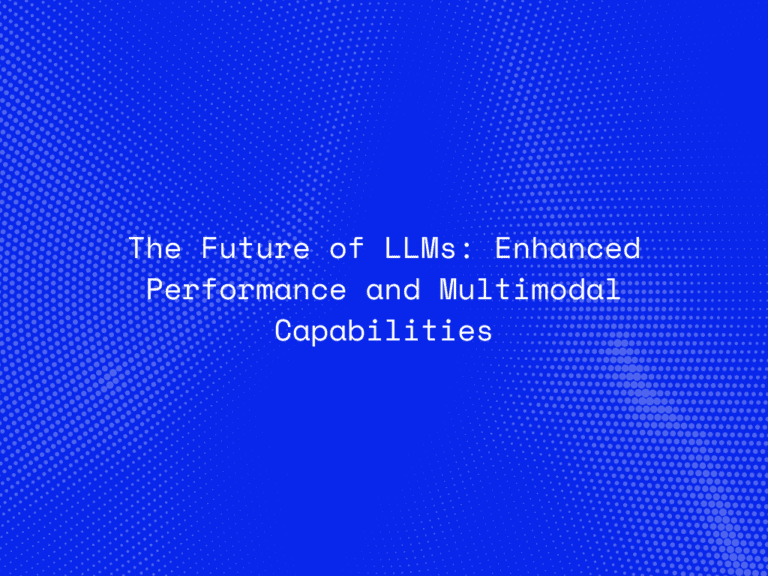Deep learning has powered the most transformative AI breakthroughs of the past decade—from image recognition and natural language processing to autonomous vehicles and generative AI. Yet, as powerful as deep learning is, it also comes with significant limitations: high computational costs, data dependency, lack of interpretability, and challenges in reasoning. This raises a critical question: what comes after deep learning?
The next phase of AI evolution is already unfolding, combining new paradigms, hybrid approaches, and innovations that seek to overcome deep learning’s shortcomings while pushing artificial intelligence toward human-level reasoning and adaptability.
The Limitations of Deep Learning
While deep learning has revolutionized AI, it is not without challenges:
-
Data Hunger: Deep learning models require massive labeled datasets, which are often expensive or impractical to obtain.
-
Black Box Problem: Neural networks lack transparency, making it difficult to understand why decisions are made.
-
Energy Consumption: Training large-scale models consumes enormous computational power, raising sustainability concerns.
-
Lack of Generalization: Deep learning excels in narrow tasks but struggles to adapt knowledge to new or unseen scenarios.
These constraints create the foundation for exploring post–deep learning approaches.
The Emerging Successors to Deep Learning
1. Neuromorphic Computing
Inspired by the human brain, neuromorphic computing focuses on building hardware and algorithms that mimic how neurons and synapses process information. Unlike traditional deep learning, neuromorphic systems promise low-power, event-driven intelligence suitable for edge devices.
2. Causal AI
Deep learning identifies correlations, but it struggles with causation. Causal AI aims to understand why things happen rather than just predicting outcomes. This capability could revolutionize fields like medicine, economics, and climate science by enabling models to reason about interventions and future scenarios.
3. Symbolic AI and Neuro-Symbolic Systems
Symbolic AI, which dominated early AI research, is making a comeback in hybrid form. Neuro-symbolic AI combines the pattern recognition strengths of neural networks with the reasoning power of symbolic logic. This could bridge the gap between perception and reasoning—something deep learning alone cannot achieve.
4. Self-Supervised and Few-Shot Learning
Self-supervised learning reduces dependence on labeled datasets, enabling AI systems to learn from raw, unlabeled data. Few-shot and zero-shot learning approaches further minimize training requirements, making AI more data-efficient and adaptable.
5. Quantum AI
Quantum computing holds the potential to dramatically accelerate AI by solving optimization and search problems beyond classical computation. Quantum AI could enhance model training, improve simulations, and enable breakthroughs in fields like materials science and cryptography.

AI Beyond Deep Learning: Toward General Intelligence
The ultimate goal of AI research is Artificial General Intelligence (AGI)—machines that can perform a wide range of tasks with human-like adaptability. Post–deep learning approaches are key stepping stones:
-
Integrating knowledge and reasoning rather than relying solely on pattern recognition.
-
Embedding ethical and explainable frameworks to build trust in AI decision-making.
-
Enabling AI to learn continuously from smaller, dynamic datasets.
This shift is not about abandoning deep learning but evolving beyond it, blending multiple approaches to create more versatile, efficient, and trustworthy AI systems.
The Future Landscape
In the next decade, we are likely to see:
-
Hybrid AI architectures that combine neural, symbolic, and causal reasoning.
-
Decentralized AI models running on edge devices with neuromorphic chips.
-
Sustainable AI innovations that reduce the carbon footprint of model training.
-
Quantum-powered AI breakthroughs in optimization and problem-solving.
Deep learning will remain foundational, but it will be just one layer in a larger AI ecosystem designed to overcome its current limitations.
Conclusion
The era after deep learning is not about replacing it but expanding the horizons of AI. Neuromorphic computing, causal reasoning, symbolic approaches, and quantum AI are shaping the next chapter of innovation. Together, these technologies promise to make AI more interpretable, adaptable, and closer to the flexible intelligence of humans.
The future of AI lies in integration—a fusion of methods that will take us beyond deep learning and closer to a truly intelligent future.




